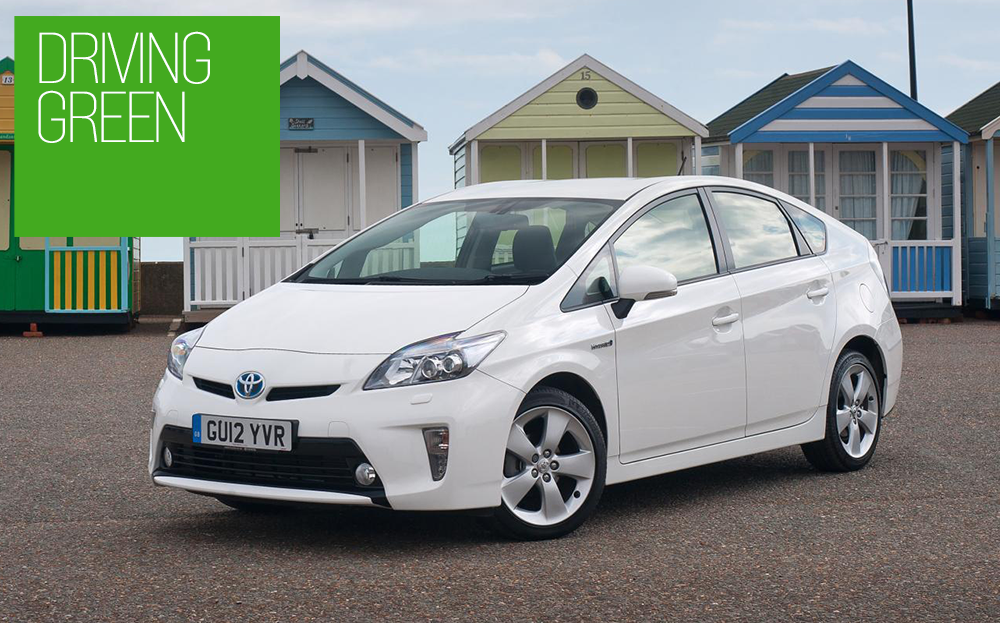Driving Green: What are hybrid cars?
The groundbreakers

THE FIRST alternatively fuelled cars to hit our roads in significant numbers were petrol-electric hybrids. In 2000 Honda launched the original Insight, followed very shortly after by rival Japanese manufacturer Toyota, with its Prius. Car buyers who wanted to go green lapped up the Toyota; the Honda was less practical and sold in tiny numbers.
Since then, a whole raft of hybrids have appeared, with most mainstream car makers offering at least one. Most of these are petrol-electric hybrids but more recently we’ve started to see diesel-electric options, most notably the Peugeot 508 and 3008 Hybrid4, Citroen DS5 Hybrid4 and Volvo V60.
At the outset, hybrids were designed purely to boost efficiency; their raison d’etre was to stretch the mileage squeezed out of every gallon of petrol. Then Lexus came along and proffered that its hybrids were more about providing extra performance without drivers having to pay a penalty at the pumps.
However you look at it, the principle is the same; hybrid technology is there to capture some of the energy that would otherwise be lost through slowing down, while the electric motors give the internal combustion engine a useful performance boost.
But there’s a flaw. What if you’re just running the engine at a constant speed, without regular braking to top up the batteries? Many hybrids feature small engines that have to be run flat out at motorway speeds, resulting in poor fuel consumption. Having paid a premium for all that extra tech it’s pretty galling – especially when a far cheaper conventionally powered alternative could be just as frugal.
And if you ask Clarkson he’ll tell you that manufacturing the additional battery pack uses more resources and produces more carbon than you save by driving a hybrid car. In fact, according to a 2006 study by the U.S. Department of Energy’s Argonne National Laboratory, while the hybrid manufacturing process does indeed use more energy to produce than a conventional car, the long-term effects of driving a hybrid cancel that out. Over a car’s lifetime, the study claims, a conventional vehicle with an internal combustion engine requires more energy to operate and emits more greenhouse gases overall.
But before opting for a hybrid, make sure it’ll deliver the goods. Urban drivers or anyone regularly caught in traffic are likely to benefit from this technology. But if you somehow avoid the worst of the jams and your journeys tend to consist of high-speed motorway miles, you’ll end up paying a big premium for a hybrid, without realising the benefits.
Also read: The top 10 most fuel-efficient hybrids
Driving Green contents
Introduction to green driving
- What is a “green” car?
- What does Euro 6 mean when it comes to emissions?
- Why have green cars been developed?
- Nine tips for eco-driving
Choosing a green car
- What are hybrid cars?
- What are plug-in hybrid (PHEV) cars?
- What are extended-range electric vehicles (E-REVs)?
- What are hydrogen fuel cell vehicles?
- Are pure-electric cars suitable?
- Whatever happened to LPG (liquid petroleum gas)?
- What are biofuels?
Green car buying guides
Financial, environmental and practical implications of green motoring




